Hello! It's Machuko@- the admin.
The monthly column by a photographer will be a new member from this month.
The photographers are Masumi Ishida, Kisei Kobayashi, and Hiroshi Hatano.
The first writer is Hiroshi Hatano..
---
I'm currently working on a project with eight elementary school students from Kamakura City. The project involves sending them to Noto to take photos for exhibitions.
I went to a few camera shops thinking, “The compact GR III would be perfect for the kids,” but they didn't have a single GR in stock. I'd heard rumors that the GR was out of stock everywhere, and it was. I was stuck.
So, I went to see Machuko@, the admin of this blog. I knelt down and begged her to lend me eight cameras. When I looked up, I saw fourteen GR III cameras laid out before me, including spares.
The GR cameras were here. That's only natural, since they are RICOH cameras. I was truly grateful. From that day forward, I have owed them a debt of gratitude.
I set all the cameras to the same settings. I taped them down to prevent the settings from shifting. I attached neck straps so they could hang them around their necks. Now, all they had to do was press the shutter button.
I told them, “Shoot a lot you see,” and gave them the cameras two weeks before heading to Noto for practice.
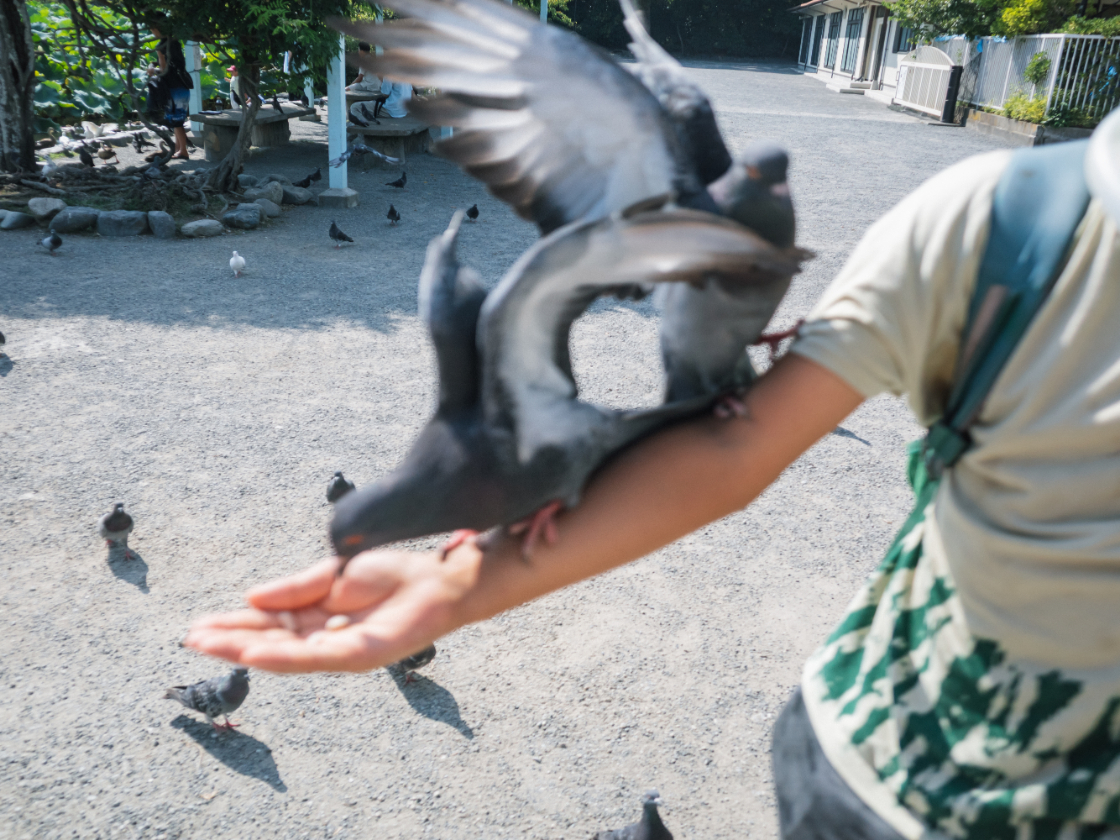
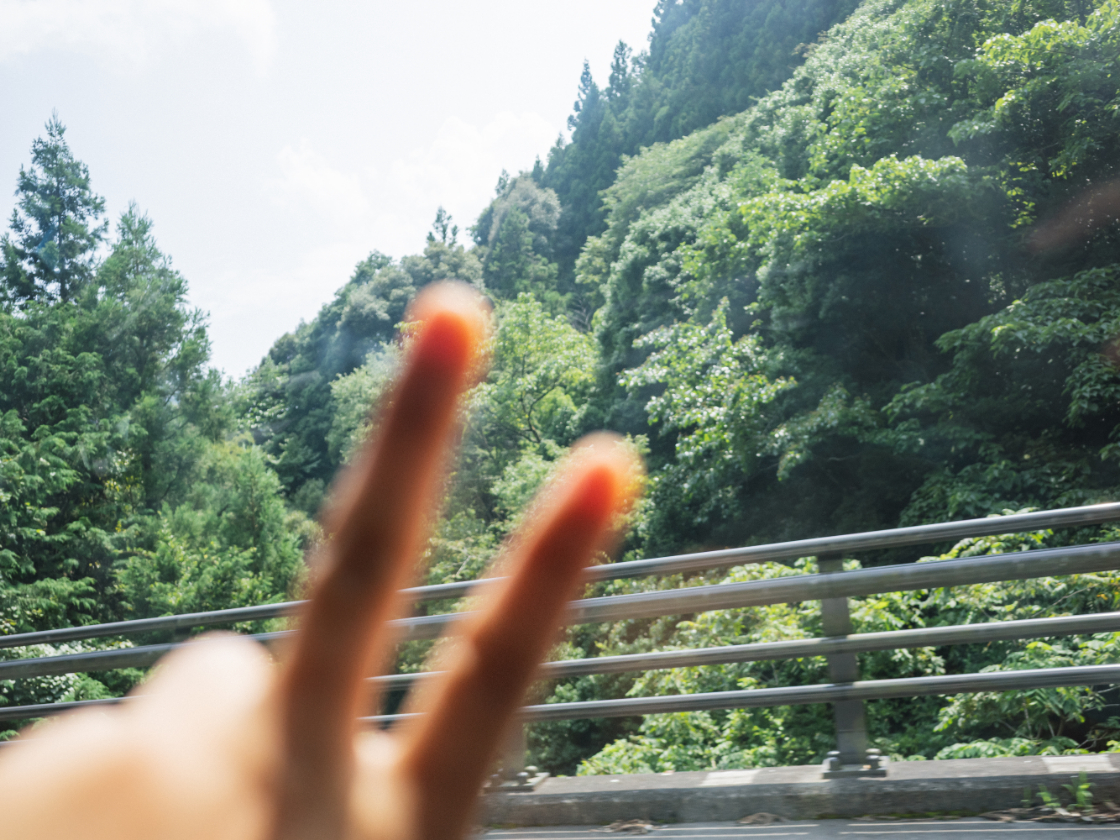
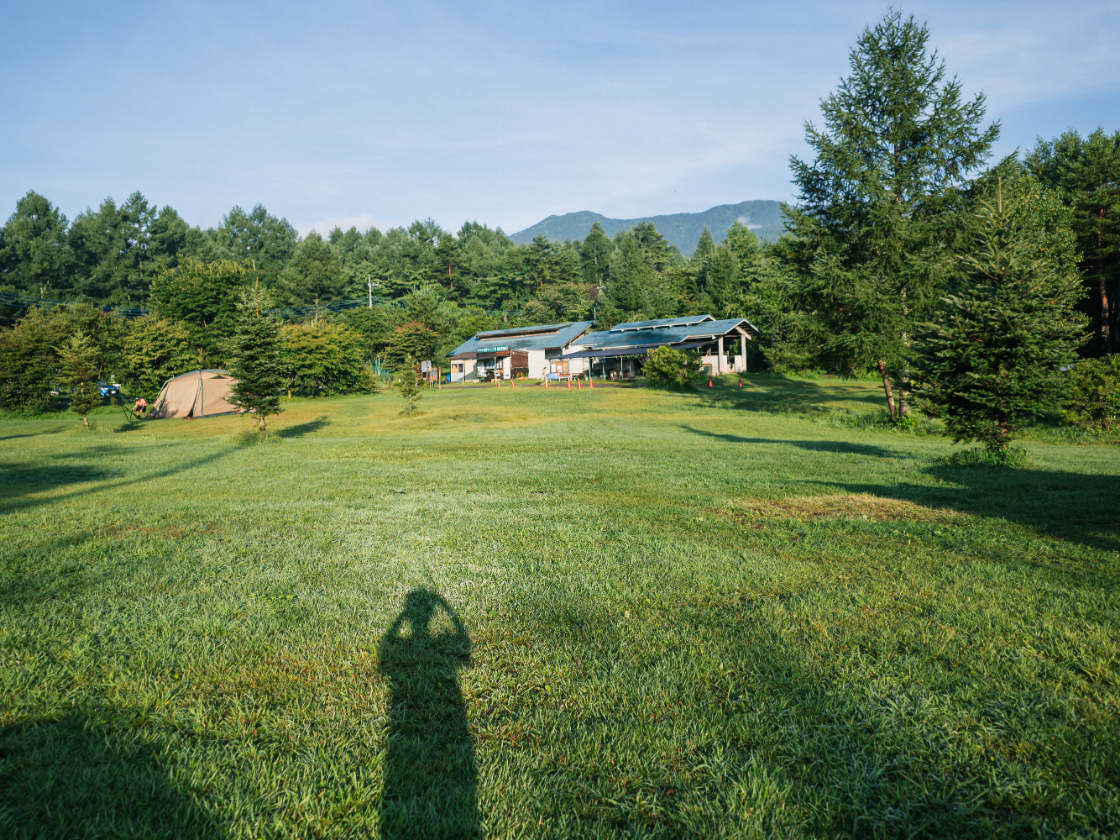
The morning before we left for Noto, we gathered at Haneda Airport. Everyone was already shooting a lot they saw with their smartphones.
Oh well, that makes sense. They're elementary schoolers living in this era, after all. But hey, what's hanging around your neck isn't a Kamakura amulet, remember?
Interestingly, when I had them take photos with the GR, I noticed something: Since they were taking pictures of the same places with the same camera, the photos fully reflected their photographic ability.
It's like wearing the same shoes and running in the same place during P.E. class. The more consistent the conditions, the more apparent the differences in ability become.
I was reminded of how much a child's personality affects photography. Those who have strong conversational skills may seem to have an advantage, but they can become so absorbed in talking that they neglect to take pictures.
Those who follow the crowd mimic whoever is holding the camera, trying to take the same shot. When they all gather, everyone ends up with similar photos—just like all elementary school drawings tend to look alike.
I observed each child's personality, gave individual advice, and encouraged them to avoid grouping. I gained a little understanding of how tough school teachers are.
During the two-night, three-day stay, the children took anywhere from one thousand to six thousand photos.
The one who took 6,000 photos was a type of child who needed time to join conversation circles. For children like that, having a camera gives them a role and a place — that's why photography is great.
The one who only took 1,000 photos was me.
Managing the children's camera batteries and data, plus sudden word chain battles, kept me busy. Still, my photo success rate should have been better than theirs. I mean, I'm an adult professional, after all.
If I take 1,000 photos, I should get about 10 good ones. Even shooting 6,000 photos, you'd only get about 20 good ones at most.
The photographs taken by the children in Noto are not the typical childish images one might imagine. Rather, they are photos that are fully on par with, or even surpass, those taken by adults. Only about three photos per child are selected for display from the 6,000 photos taken.
Quality in photography comes from quantity. You can achieve good results even though they are just taken by chance. That's why it's important to “take a lot you see.”
These works are on display in Kamakura until November 3, and will be exhibited at the Ishikawa Prefectural Library in Ishikawa Prefecture from December 9 to 17.
After that, they will be displayed at GR SPACE TOKYO, with dates to be announced later. I hope you'll come see them!
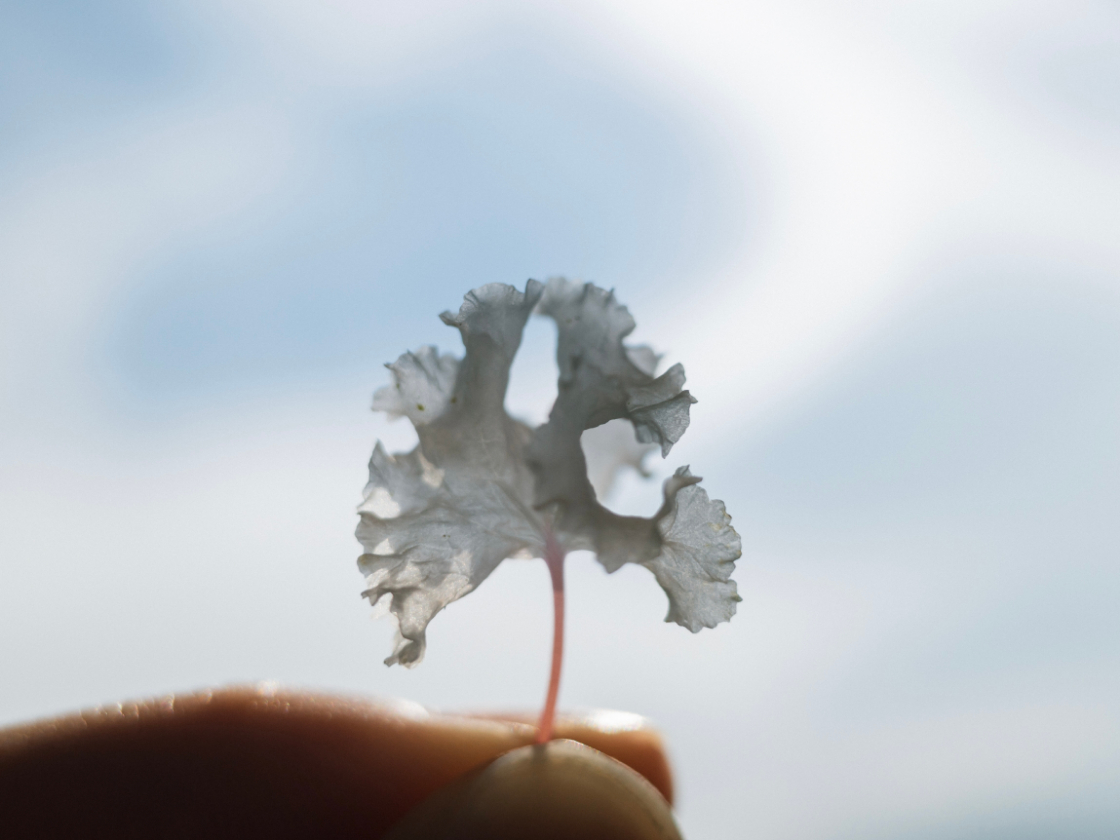
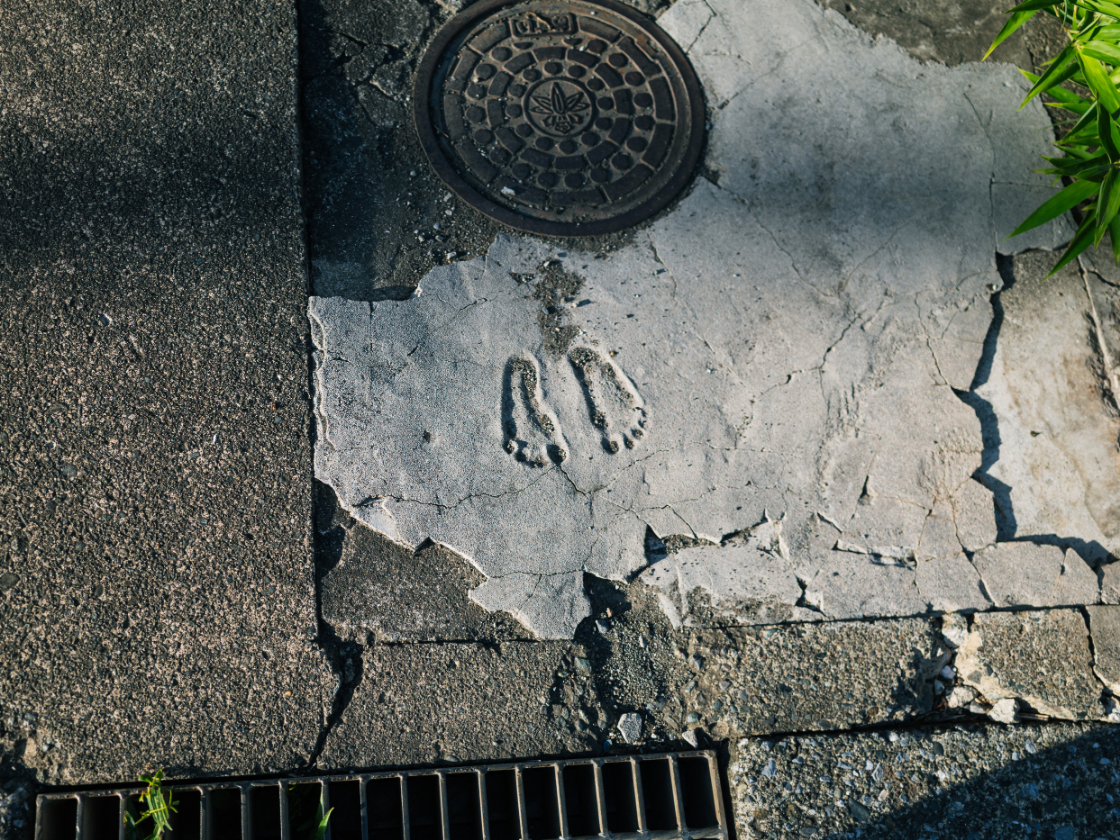
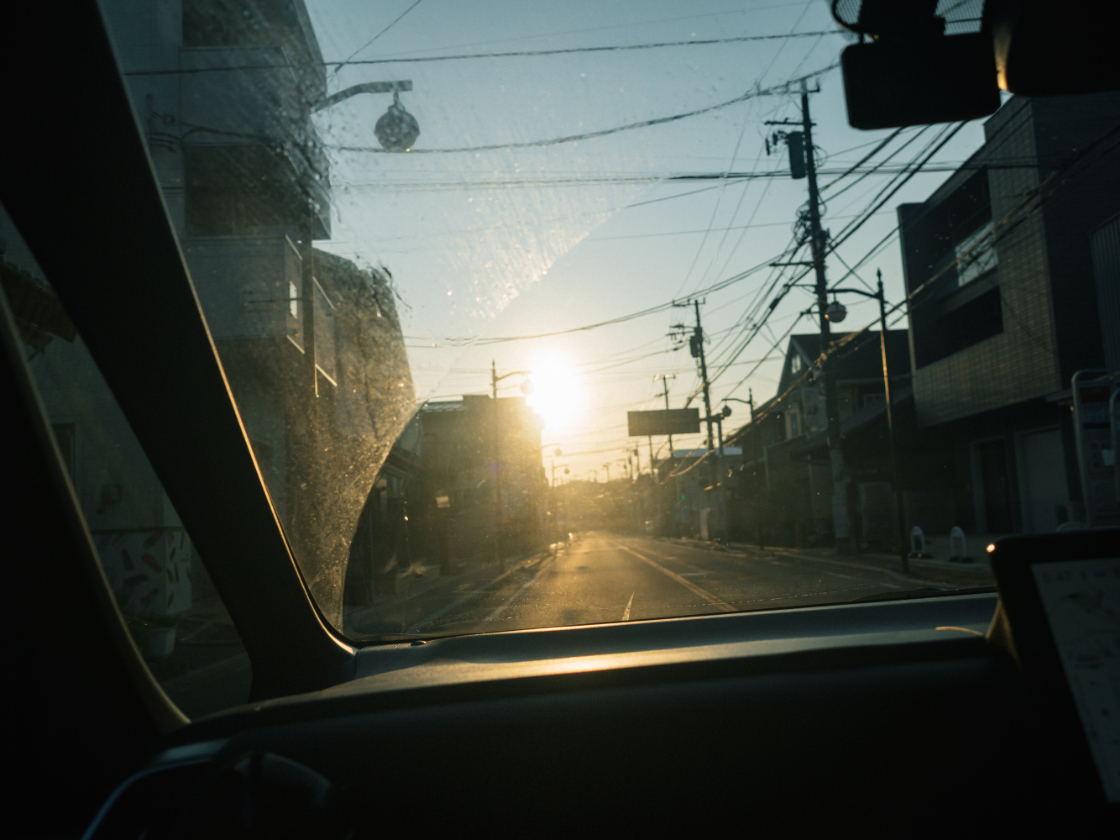
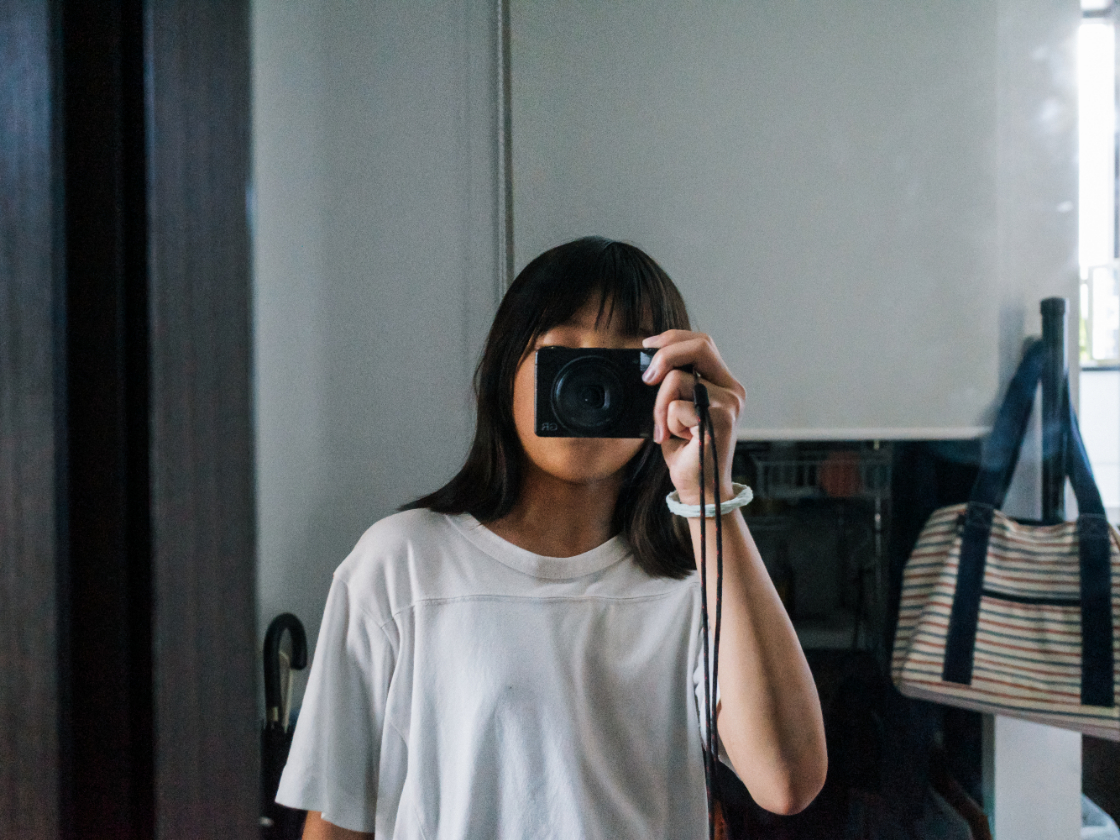
The photos I found most compelling among the children's work were not those taken in Noto — they were the photos taken during the two-week practice period before the trip.
The photos featured in this blog are those very images. The children took them without needing to fit into a group, without being distracted by conversation, or without feeling nervous— they simply captured what they saw.
Ah, how pure. How wonderful photography is. I hope they continue to take photos, even with a smartphone.
Publications
’Bokutachi ga erabenakatta koto o erabi naosu tameni (To Choose Again What We Could Not Choose)'
'Shashinshu (Photos)'
'Boku ga kodomo no koro hoshikatta oya ni naru (Being the Parent I Wanted When I Was a Child)'
'Nan de boku ni kikun daro (Why Do They Ask Me?)'
'Tanin no nayamigoto wa hitogoto, jibun no nayamigoto wa ogoto (Other People's Problems are Trivial, My Problems are Serious)
'Love letter'
'Daitai ningenkankeide nayamasareru #'Nan de boku ni kikun daro'(often troubled by relationships)
https://note.com/hatanohiroshi/














